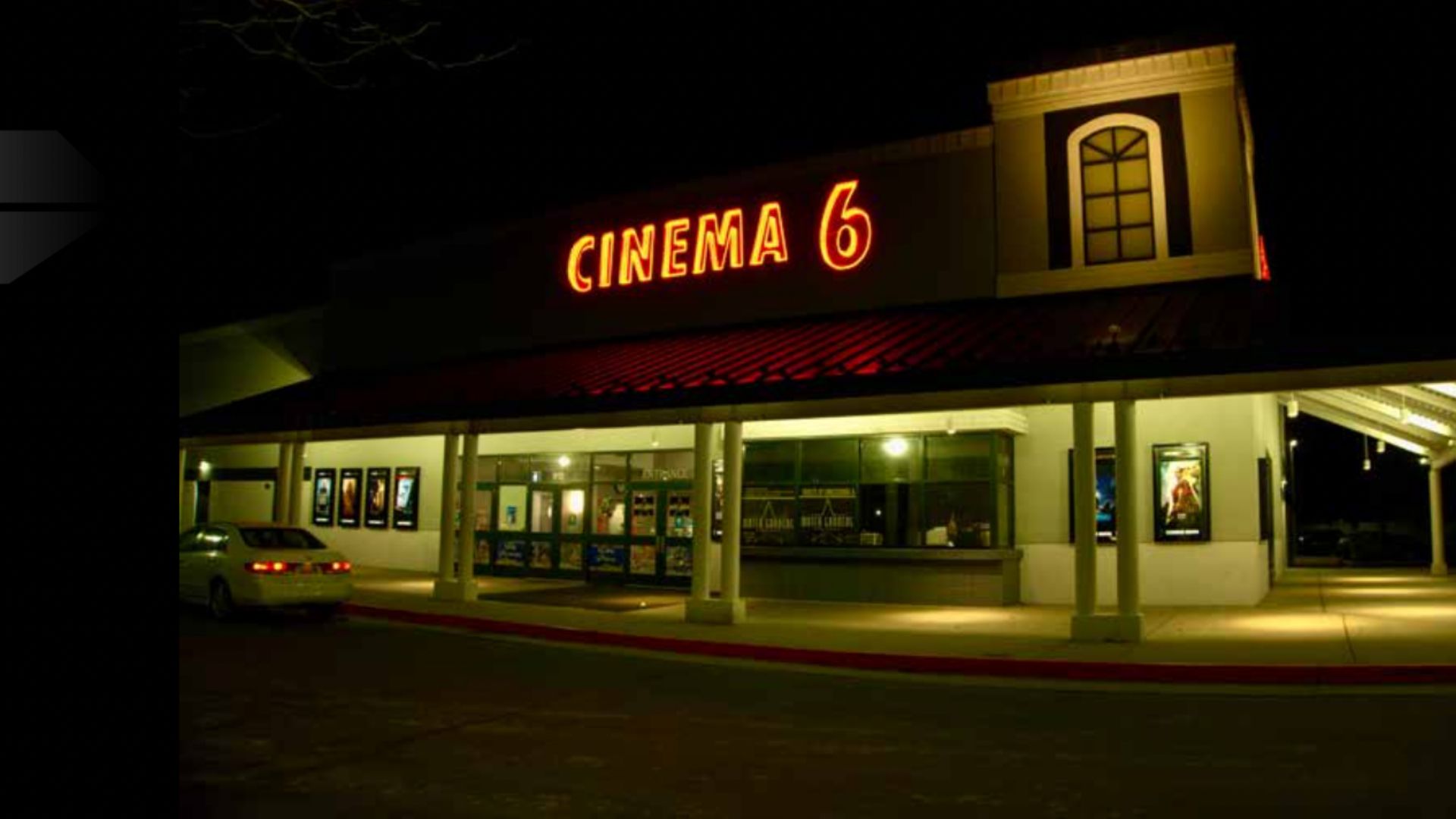
By Evadne Hendrix
Tom Cruise fans flooded movie theaters during the summer of 2022 to see “Top Gun: Maverick.” Mike Daniels, owner of Water Gardens Theaters in Pleasant Grove, joined the masses with high expectations.
Daniels’ friend, on the other hand, did not look forward to the film. He had never been a Tom Cruise fan, and he dragged his feet to the theater only to appease his wife and friends.
As the magic of the movie screen brought heroes and villains to life, Daniels watched his friend’s skeptical eyes grow wide. Within the first 15 minutes the film captivated both the skeptics and the optimists in Daniels’ party. From a few seats away, Daniels noticed his friend start to reach for the popcorn without looking away from the screen.
When the credits rolled 131 minutes later, Daniels’ skeptical friend couldn’t help but admit his love for the film.
“Well, I still don’t like Tom Cruise, but that was a good movie,” he said. “I’d see that movie again.”
For Daniels, “Top Gun: Maverick” was more than a good movie, it was an opportunity to strengthen his relationship with friends and family. They came away closer friends than they had been before. The people Daniels experienced the movie with were as important as the film itself. Daniels said that every time he sees a movie, it affects his relationship with those in the room.
The magic of the movie screen not only serves as a source of entertainment, but it also facilitates conversations, trust, and common interests after the credits roll. Daniels’ experiences are not uncommon.
In today’s world, movies play an important role in fostering conversation and facilitating social gatherings. National conventions like Comic-Con and online chat rooms bring people together from all over the world, just because they share a common interest. Sometimes, movies even serve as a convenient excuse to get together with colleagues outside of work or school. When asked about a favorite movie memory, many people mention the people they watched the movie with.
Daniels pointed out that movie theaters are great places to build camaraderie with perfect strangers, while in-home movie viewing typically only builds pre-existing relationships.
People watching a movie together are all rooting for the same heroes and feeling the same wins and losses. Without speaking to one another, movie theater-goers can build a unique relationship with one another.
On the other hand, in-home viewing has different strengths and weaknesses. Usually these are smaller, more intimate settings among people who already know each other to some degree. Smaller gatherings create opportunities for in-depth conversations. But the same conversations that make in-home viewing valuable for some may distract from the experience for others.
“Not everyone who is viewing the movie likes the movie, and there is a lot of potential interruption because people are getting up to use the bathroom, or people are getting something to eat, or people are taking care of some little thing during boring parts of the movie,” Daniels said.
When COVID-19 kept everyone at home, theaters closed and many turned to platforms like Netflix for entertainment. Yet, without a social group to watch with, that entertainment still fell short. Platforms like Netflix and Disney+ immediately developed “watch party” extensions meant to bridge the social gap. After their initial push, these extensions slowly faded away without catching on.
Benjamin Thevenin, a BYU film professor specializing in new media, recalled trying watch parties at the start of the pandemic. From his perspective social media can be a great tool to hearing new perspectives about films, but digital watch parties still do not foster quality social interactions.
“I don’t necessarily see the benefit of watching a film online at the same time as others,” Thevenin said. “Maybe my opinion will change as the technology develops further.”
Even though digital watch parties haven’t caught on, streaming still enhanced Thevenin’s small gatherings during the pandemic. For the first time he shared classic films like “E.T.” and “The Wizard of Oz” with his children. He described these shared
movie moments as a highlight during a difficult time.
“The fact that — while we were stuck at home, unsure of how the pandemic would play out — we could click a button and share these memorable movie-viewing experiences together was a real treat,” Thevenin said.
Team members at the Palo Alto Research Center specifically studied group TV viewing with an eye toward replicating the social experience digitally. The study identified six essential components in viewing parties. The study was published in The International Journal of Human Interaction in February 2008.
Overall, all these components relate to the idea of eliminating distractions both in audio and video. Viewers may talk to one another, but usually during less important or transition scenes. One subject in the study danced as his team scored a touchdown. His friends commented on the action but did not take their eyes off the screen. Even though people at viewing parties enjoyed one another’s company, the TV always remained the primary source of entertainment.
Members of the study recommenced ways to improve the social experience of movie-viewing online. One such example includes signaling important moments to viewers so that they know when to pay extra attention to the show. Reversely, a “Catch Me Up” feature could summarize scenes that viewers missed while talking over the film.
The researchers also recommend distinguishing different types of audio either through breakout rooms or separate speakers. Separating the main video dialogue from the social conversations will give viewers greater control over what they interact with. This would also allow side conversations to take place between smaller groups of people, just as large groups usually break up into smaller conversations.




